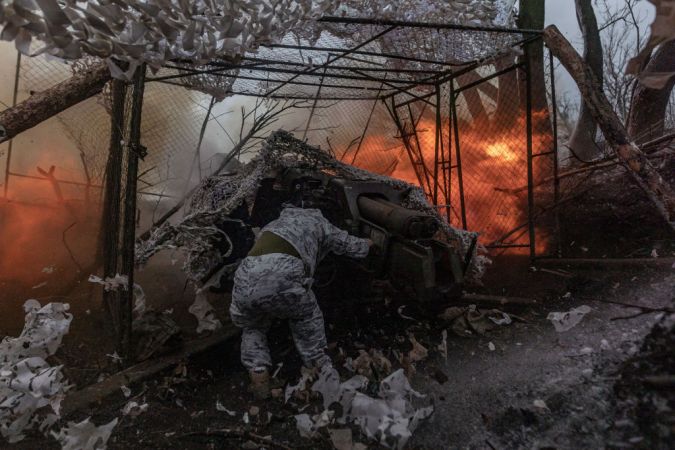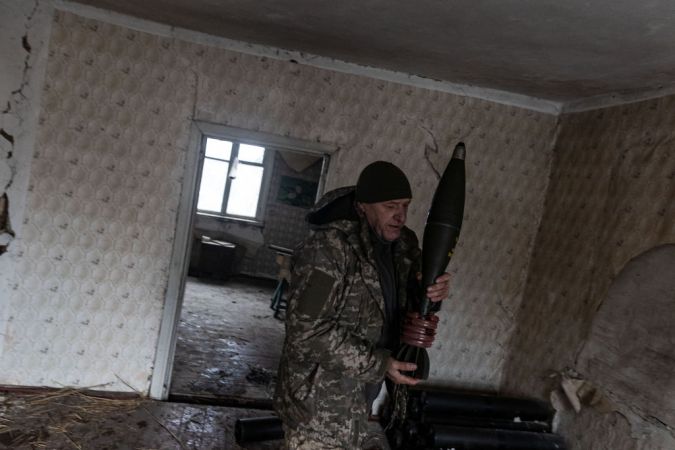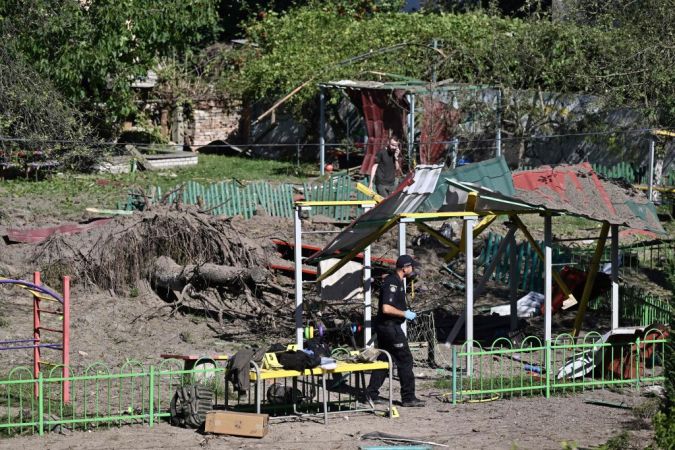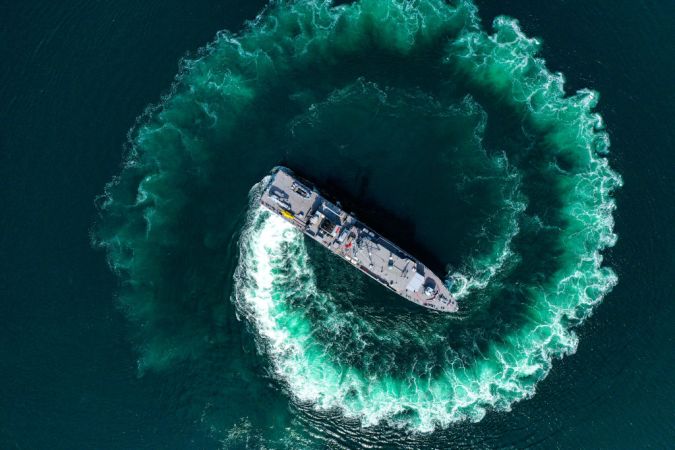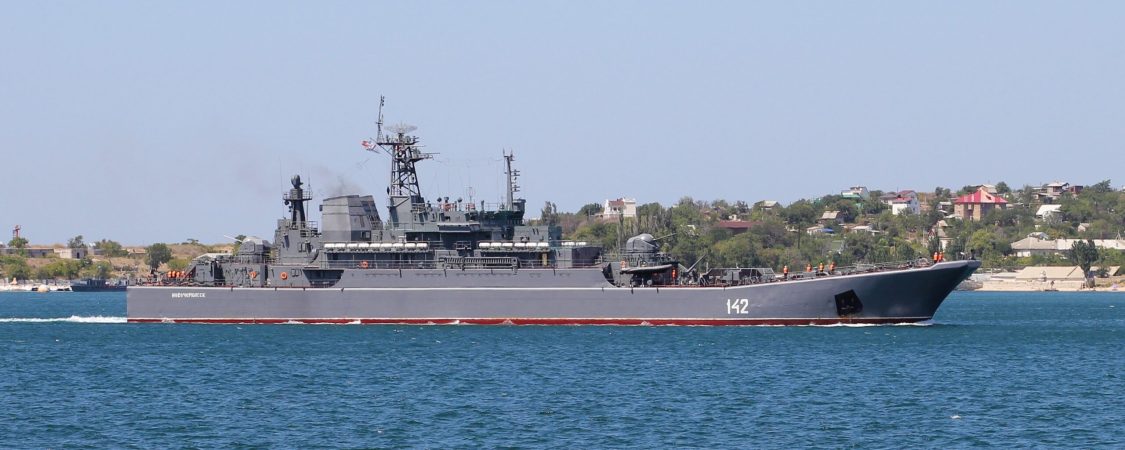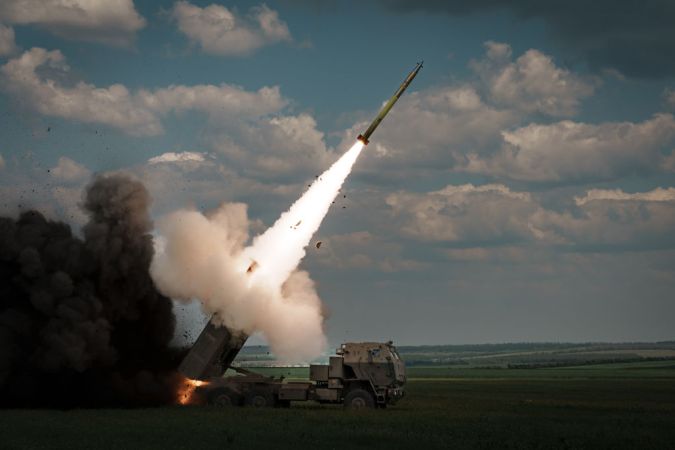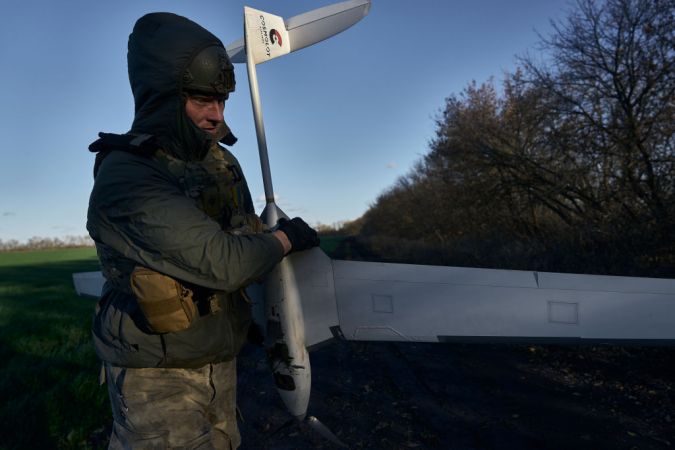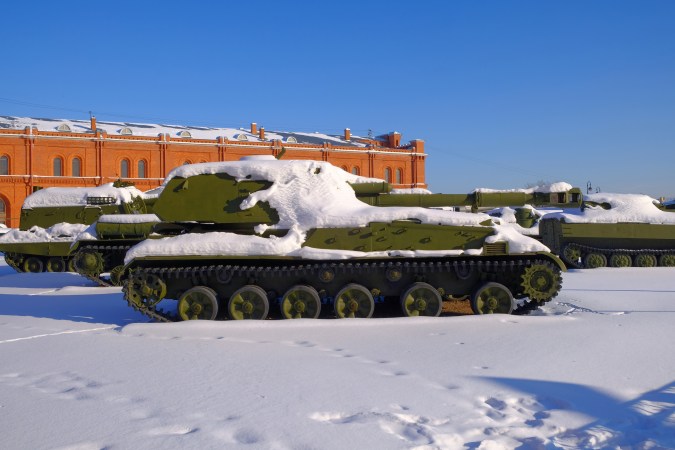Russia’s Vozdushno-Desantnye Voyska, almost always abbreviated as VDV, are the Russian airborne forces. Like most airborne forces, they train as shock troops to break up enemy defenses and formations. Now, Russia has reconstituted a fifth division of VDV and sent them into battle.
But the Russian airborne struggled at the start of the war and never recovered, so it’s unclear if the new VDV division represents a real expansion of capability.
The new division
The Russian 104th Guards Airborne Division existed as a brigade for the last 25 years, but now takes on its historical role as a larger, more capable division, at least on paper. Intelligence reports released by the U.K. Ministry of Defence on Twitter say that it will likely serve in Kherson Oblast. Kherson is a hotly contested area in the southeast of the country.
The division appears to have two maneuver regiments and an artillery regiment that will fire in support of them. When done properly, that means shock troopers can deploy via airdrops, hit the objective hard, and have big guns supporting them within hours of an alert. Russia historically equips its airborne troops with light armored personnel carriers and other light armor, further increasing combat effectiveness.
But reports before the war suggested that the Russian VDV and other “elite” forces were little better than their counterparts. The VDV’s biggest advantage is that it has volunteer, career soldiers. But corruption, falsified training records, inflexible leadership, and outdated equipment hampered the entire Russian invasion force, including the other four divisions of the VDV.
The VDV and its shortcomings
Having career soldiers gave the VDV and similar forces an advantage, sure. But it became clear during the invasion of Ukraine that many of Russia’s elite forces were paper bears useful for little more than propaganda.
The VDV attempted a gutsy assault on Hostomel Airport near Kyiv. If successful, it likely would have gone down in history as re-affirming the validity of airborne operations. It would have opened an airhead miles behind Ukrainian lines, allowing Russian armor and other units to pour in quite close to the Ukrainian capital.
It might have even made the “three-day special operation” achievable within three days.
But, obviously, the Battle of Hostomel Airport, also known as Antonov Airport, did not go Russia’s way. Ukrainian forces shot down multiple helicopters during the assault and then fought their way through the paratroopers on the ground. Ukraine rebuffed multiple assaults and heavily damaged the airfield during its eventual withdrawal.

After 36 hours of fighting, Russia finally took the airport, but it was too damaged to use immediately.
The Russian airborne reportedly lost approximately half of their forces during the first seven months of war, many at Hostomel.
Russia continued to press the VDV into dangerous offensive missions, like risky river crossings and armored assaults on Kyiv. Armored assaults are particularly hard for airborne forces since their vehicles, engineered with light armor to allow planes to carry them, are less protected than traditional armored vehicles.
Ongoing Russian airborne problems
The existing VDV is overstretched, overtasked, and under-resourced. And, attempts to reconstitute it keep getting interrupted as Russia sends the paratroopers into defensive positions anytime Ukraine makes a breakthrough.
That’s a common mission for airborne and other highly mobile forces. (That’s what happened with the 101st Airborne Division at the Battle of the Bulge.) But it prevents those forces from preparing for offensive operations.
Meanwhile, properly training new paratroopers takes months longer than for other troops and the veterans who would typically lead and further develop them once they arrived at their unit are in short supply since so many became casualties in 2022.
As it stands, Russia simply does not have the adequate manpower or resources to reconstitute its existing airborne forces. So it’s unlikely that this new division is well-staffed and ready to fight as a shock troops.
Logan Nye was an Army journalist and paratrooper in the 82nd Airborne Division. Now, he’s a freelance writer and live-streamer. In addition to covering military and conflict news at We Are The Mighty, he has an upcoming military literacy channel on Twitch.tv/logannyewrites.



